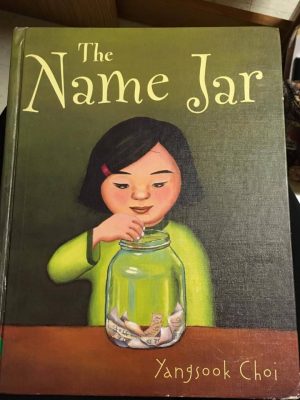
It seemed to be very personal to him and I wondered what might have happened during his public school years for him to be so protective of it.Ģ. I always wondered what his full Hmong name was but he never said. Just like in this story with Unhei wanting to choose a different, more American name because she thought her name was too hard to pronounce, A just settled on choosing something that he knew others would be able to pronounce. One of the students I came to know fairly well just asked us to call him "A" as in the letter. Text-to-Self: This story reminded me a lot of when I went to college for my undergraduate degree and there was a large group of Hmong students from Minnesota who also came to attend our small liberal arts college. He did like this story and I think that’s why. Yesterday, he did come home and say that he made a new friend. I think he understood this book and it resonated with him. He has had a hard time making friends and he isn’t used to that. Unhei does find some friends and she does start to fit in at school.Īctually, the nephew switched schools this year to be in the same one as his sister. If people ever see Asian art, that little red circle is a signature. The name stamp is brought up in here, which is very beautiful. Funny, no one thought to try calling her Grace.

So, the students put names into a jar so she can pick a new name, but through the process she decides to keep her name which means grace. Unhei is different, but not that different.


The teacher asks her name and she says she does not know. On the bus to school boys tease her when they can’t pronounce her name and she is embarrassed.

This book is about a Korean family that moves to the US and this little girl is trying to figure out her name. It must be so difficult to grow up in a culture not your own.


 0 kommentar(er)
0 kommentar(er)
